Yellow perennial evening primrose
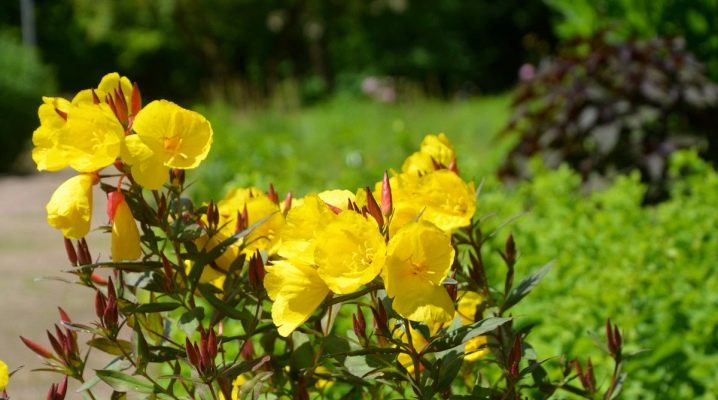
Beautiful and useful - so you can say about many flowers for a flower bed. Another plant in the treasury of healing and spectacular is the yellow perennial evening primrose. It is unpretentious, looks beautiful on a flower bed, and is used in folk medicine.
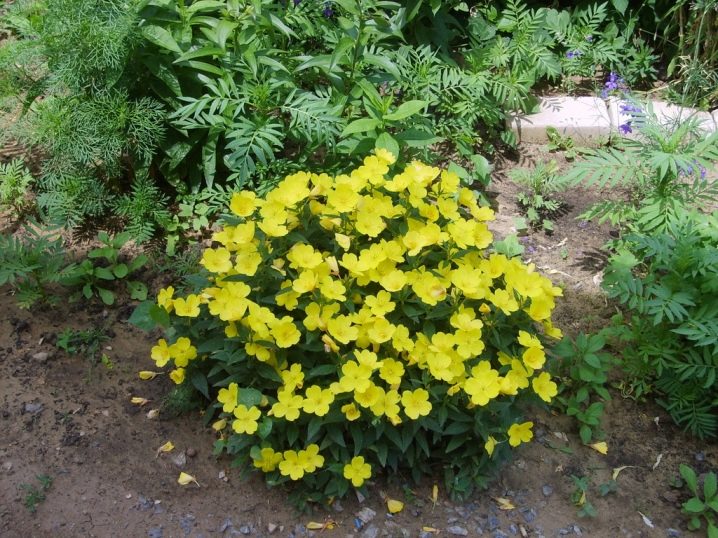
Description
Evening primrose is a herbaceous plant, usually 25-40 cm in height, with rather thick bright green leaves of various shapes depending on the species. The size of the leaves is 5 cm. The shape of the leaves is oval, lanceolate, pinnately dissected. The bush can be branched, almost spherical, can have one stem. Some species can be tall - up to 1.2 meters.
Flowers are peculiar, well-recognizable. Corolla consists of 4 silky welded petals of bright yellow color.
There are yellow, white, blue, red and striped petals.
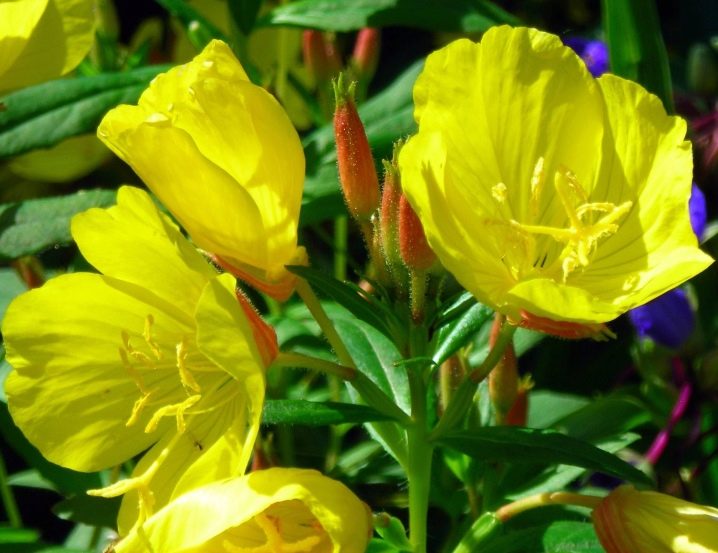
In decorative floriculture, biennial primrose (Oenothéra biénnis) and its hybrids are most often bred. In his first year of life, the leaves are collected in a rosette, in the second - a stem with an inflorescence-brush appears. The leaves are almost without petioles, broadly lanceolate, the flowers are bright, with silky lemon-colored petals, up to 4 cm in diameter. It is he who is called "night candle" or evening primrose. In the dictionary of Brockhaus and Efron, the plant is described under the name "overexposure". The plant blooms from evening to morning, at dusk it really looks like a lit candle. The flowers give off a very pleasant aroma.
Another popular name for the yellow perennial evening primrose is primrose... It blooms in the middle lane from July 1 to September, but the flowering period may vary depending on the species and variety. Evening primrose is a good honey plant. The roots are edible.
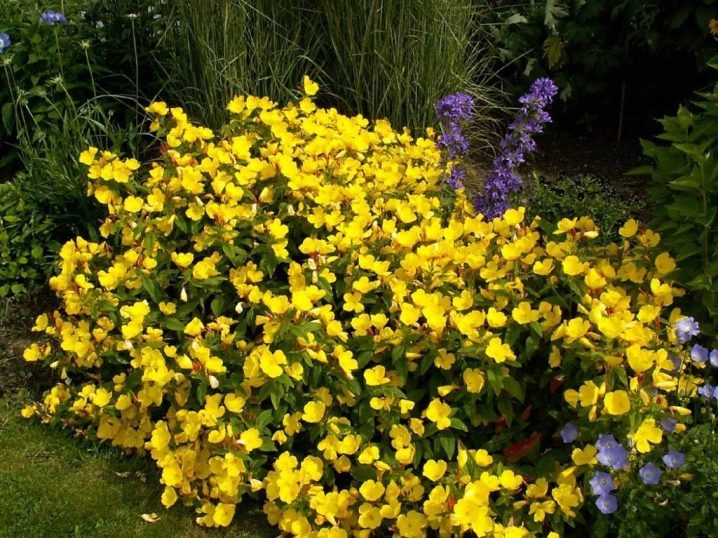
Views
There are about 150 species in the genus of primrose plants. The most decorative and common perennial species are described below.
Undersized
- Evening primrose (Oenothera perennis)... Bush up to 25 cm, with narrow leaves, flowers 1.5 cm.
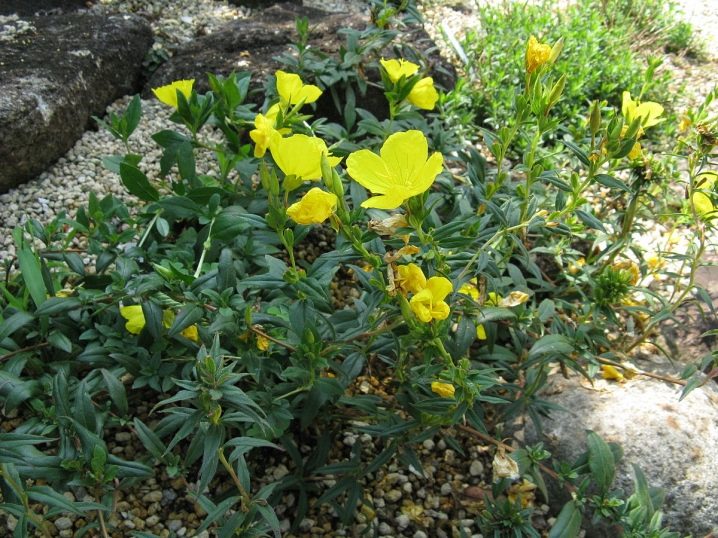
- Evening primrose (Oenothera missouriensis). Up to 40 cm, yellow flowers - 10 cm. It is this species that is sometimes sold under the name "golden" or "night candle".
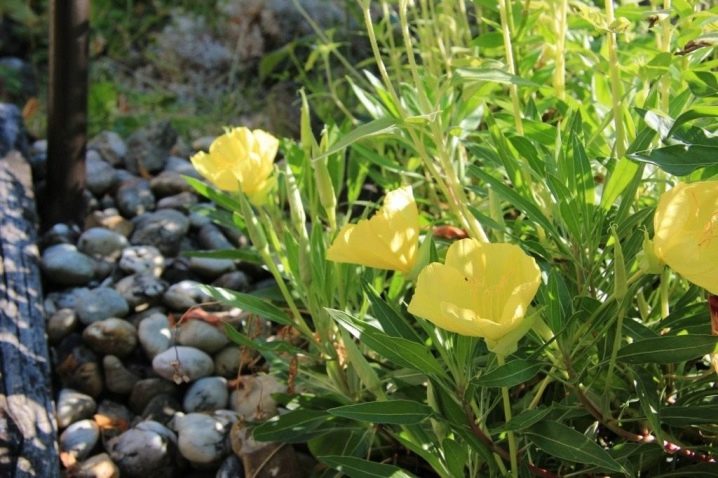
Tall
- Biennial evening primrose (Oenothera biennis), or evening... Up to 120 cm, leaves up to 20 cm long, straight stem, flowers - 5 cm, lemon yellow.
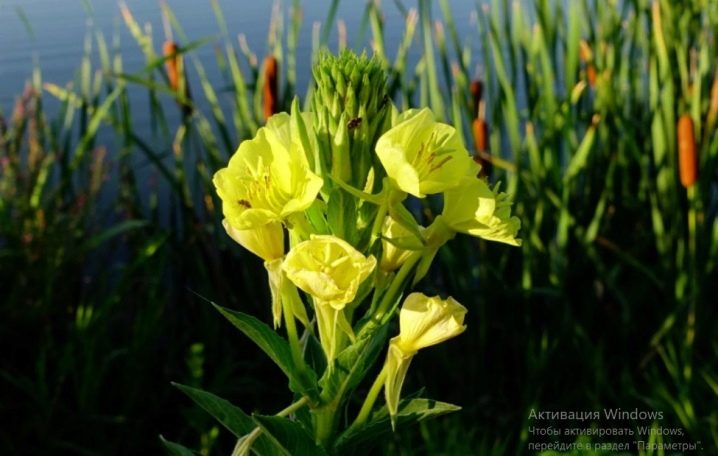
- Common evening primrose (Oenothera fruticosa)... Semi-shrub up to 120 cm, leaves are dark green, elongated, flowers 5 cm. The most reliable and winter-hardy species.
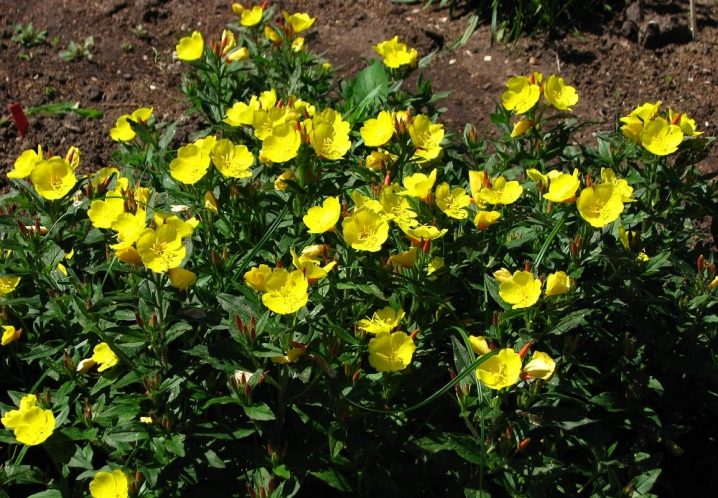
- Enotera Lamarca, or Glaziu, or red-bellied (Oenothera erythrosepala)... Up to 1 m, densely branches, yellow flowers - 7 cm. Biennial.
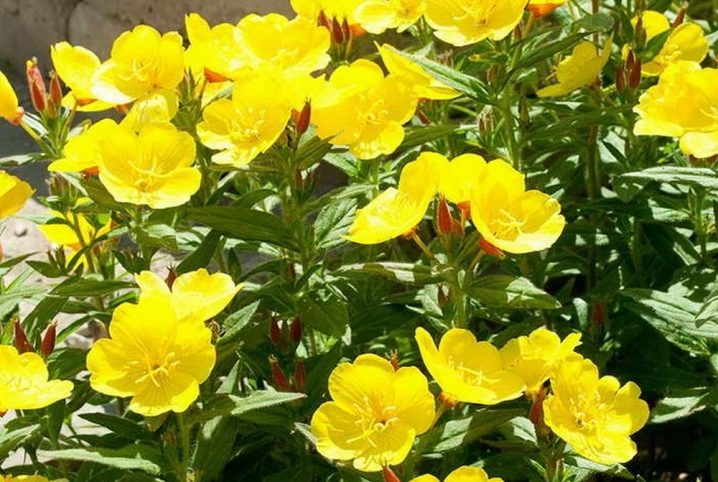
- Evening primrose (Oenothera tetragona). Shrub up to 70 cm, oval leaves, turn red in autumn. Flowers are golden, large, 5-6 cm, sometimes up to 10 cm.
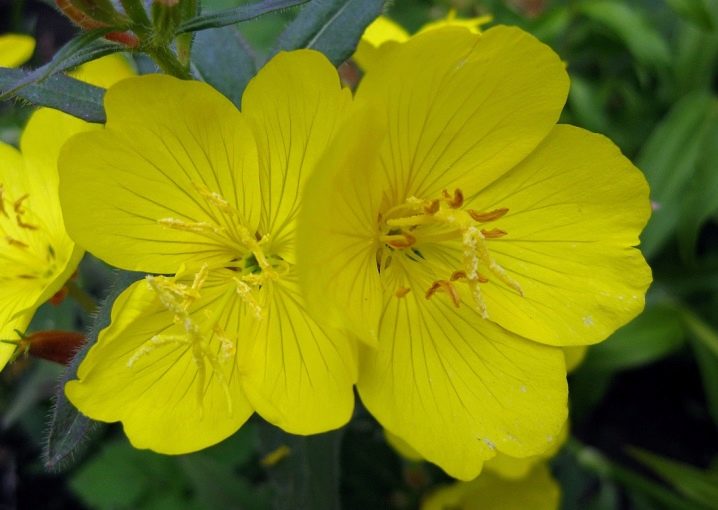
Widely known in the West evening primrose (Oenothera versicolor) - perennial up to 1 m tall, with a large single stem and yellow-red medium-sized flowers. It is also used in decorative floriculture and fragrant evening primrose (Oenothera odorata).
And also a popular flower in horticulture - beautiful evening primrose (Oenothera speciosa)... Height - up to 40 cm, flowers - up to 5 cm, cupped, collected in a spike-shaped inflorescence at the top of the stem. The color of the corollas is very attractive: pink with white veins and a lemon-yellow center.
In everyday life, different types are often confused. Yellow perennial evening primrose is called both shrub and perennial, and Lamarca evening primrose. Many species are also referred to as "night candle", not just the biennial variety.
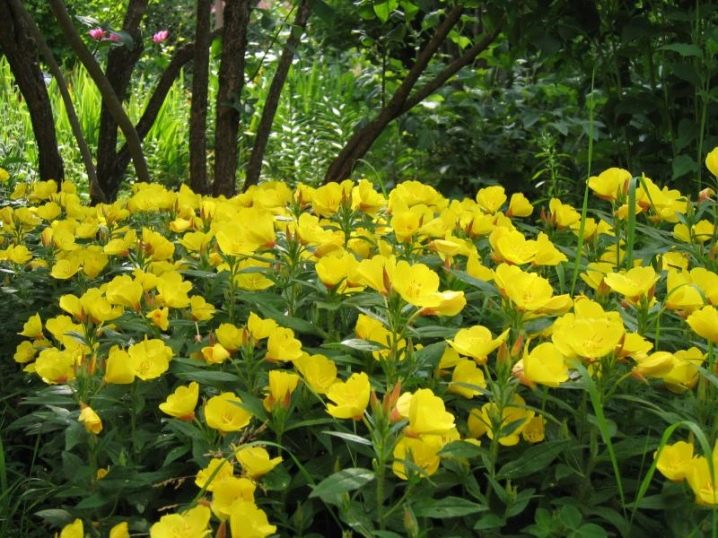
Landing
Evening primrose seeds remain viable for 4 years. The best soil for a flower is fresh, very loose, without standing water, nutritious, with neutral acidity, pH 5.5-6.7. The place is bright, but partial shade is also acceptable, the openwork shadow from deciduous trees will be especially well perceived.
The plant is tolerant of a lack of moisture, but does not tolerate stagnant water. It is necessary to select areas where there is no close groundwater or stagnant water in the spring.
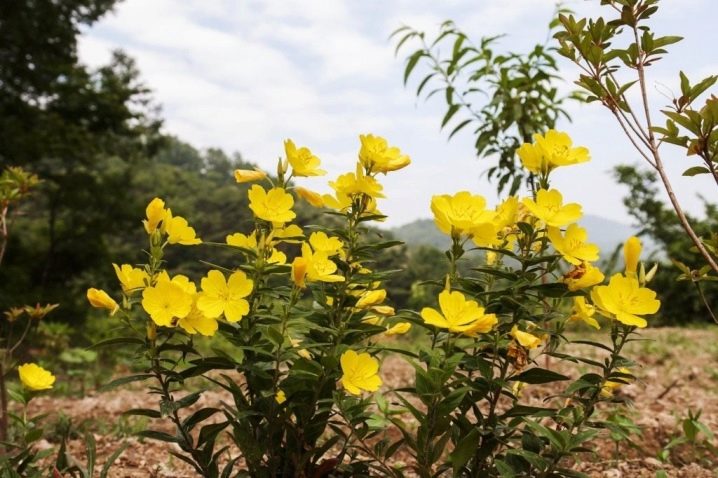
Care
Evening primrose belongs to unpretentious plants.If the place is well chosen, it can grow almost by itself, only in a very hot summer watering will be required. Many of the tips are guidelines, not mandatory.
Watering mode
Watering as needed. If the leaves of the plant began to sag with rags, it is time to water the plant. It is difficult to give unequivocal recommendations for watering. All evening primrose do not like excess water, however, it is possible to determine where there will be an excess or deficiency only in a specific area.
Some gardeners are forced to water the plant every day - the soil dries quickly, others have enough 2 times a week. 1 bush needs 1.5-2 buckets of water.
In the rain, or if the summer is damp, the flower may not be watered at all.
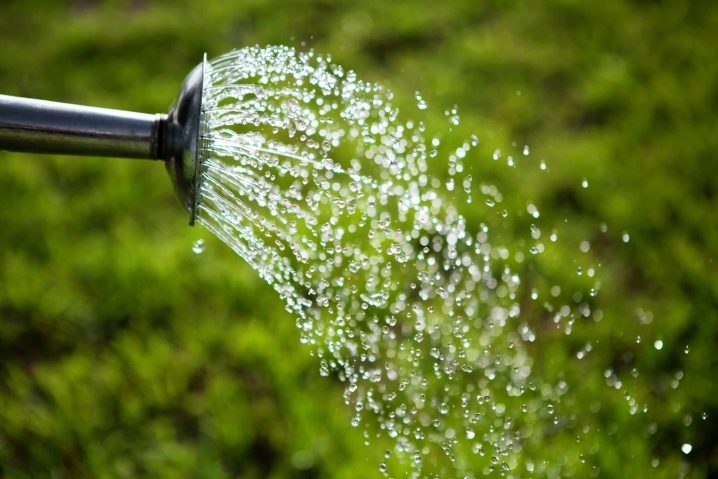
Top dressing
Top dressing will make the flowering more lush. Fertilize the flower 3 times.
-
When buds awaken in spring or before flowering. A complex fertilizer is introduced for flowering plants (with an emphasis on phosphorus and potassium).
-
During the period of bud formation. During this period, fertilizing is made for flowering plants or an infusion of wood ash. Ash can be applied directly to the soil (1/3 cup per 1 sq. M).
-
During the period of mass blooming of flowers. Repeat feeding for flowering plants.
After watering and fertilizing, the soil is mulched with dry humus.
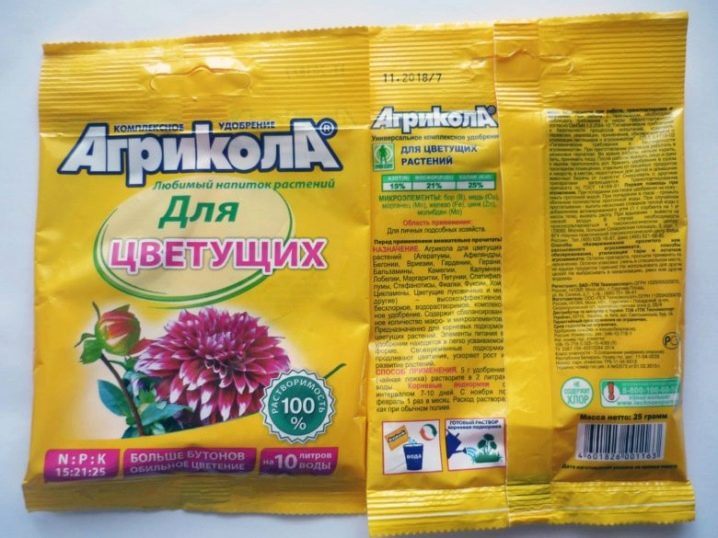
During flowering
Faded buds can be cut, it is believed that this makes the bush more tidy and prolongs flowering. But usually they do it at their own discretion. Many evening primrose plants are good at self-cleaning and look neat all the time.
The plant does not need pest treatments, evening primrose is practically not affected by diseases and is unattractive to insects.
In rare cases, the plant may suffer from aphid attacks. If the lesion is small, the pests are removed with a sponge. If this does not help, the flowers are treated with Fitoverm.

During the rest period
By autumn, watering is gradually reduced. Top dressing is not needed. For the winter, Missouri and beautiful evening primrose must be covered, the rest of the species - at your discretion.
Every 3-4 years, the bushes are divided, the plant tends to grow strongly.

Preparing for winter
Before the onset of cold weather, the stems of perennial evening primrose are cut to the root, the soil is mulched with a layer of straw, peat, compost or spruce branches. The layer can be 6-7 cm or 15-20 cm - depending on the type of evening primrose and local climate.
In terms of winter hardiness, shrub evening primrose is one of the most grateful plants. Other types may be slightly softer.
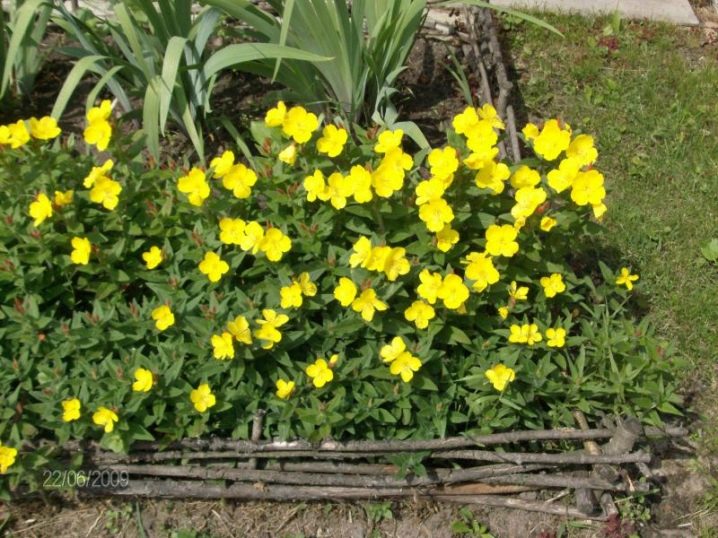
Reproduction
The flower propagates by seeds, dividing the bush, offspring. Seeds are sown at the end of May, in June under film shelters to a depth of 1 cm. The film is needed so that the soil does not dry out, otherwise the seeds will not sprout. When true leaves appear, the plants are thinned out or planted in a permanent place with an interval of 10 cm. Flowering - in the second year.
Nothing prevents you from growing a plant through seedlings. This method is especially in demand for the Missouri evening primrose, which can bloom in the same year.
-
Take any loose soil, you can buy any, with a high content of peat.
-
Spread the seeds over the surface, cover with foil, put in a warm place.
-
Seedlings will appear in 2 weeks. When real leaves appear, it is advisable to lower the temperature by 2-4 degrees.
Seedlings can easily get sick with black leg, so they carefully monitor the level of humidity, the soil is spilled with potassium permanganate before planting. You can treat the soil and plants with "Fitosporin". The bushes are divided in early May, because in the summer the delenki will be able to bloom. The offspring are separated by simply digging them up with a shovel or shovel and transplanting them to another place.
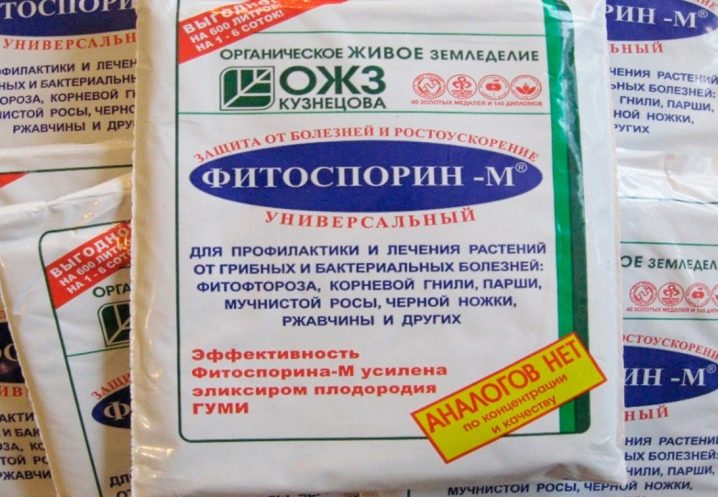
Application in landscape design
As an ornamental plant, evening primrose is universal. She can feel bad in the heat, otherwise she is extremely unpretentious. Unlike many other crops, it grows well in partial shade. It is not planted in carpet beds, but evening primrose is suitable for any compact compositions.
She will decorate a mixed flower garden, mixborder.It can be planted in the form of free borders, near an alpine slide, near ponds and bridges, next to large trees. Yellow flowers and bright evening primrose greens work best against a background of reddish-brown leaves, such as barberry. The lilac range is also very good. For example, a flower looks great next to delphiniums.

The primrose is combined with conifers, stonecrops, petunias, bells.
The flower is well adjacent to any garden crops, it is only important to harmonize the needs of the plants.
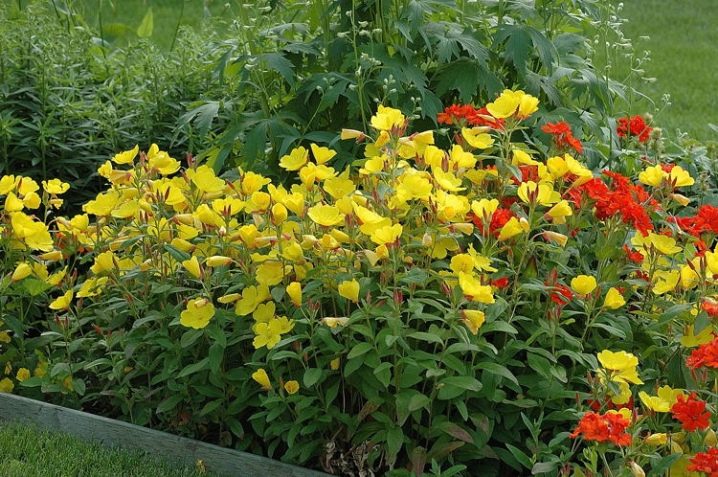
Evening primrose is also grown in a medicinal vegetable garden if it is planned to harvest its leaves and roots. The seeds of the plant are also healing, but it is difficult to obtain valuable oil from them at home.
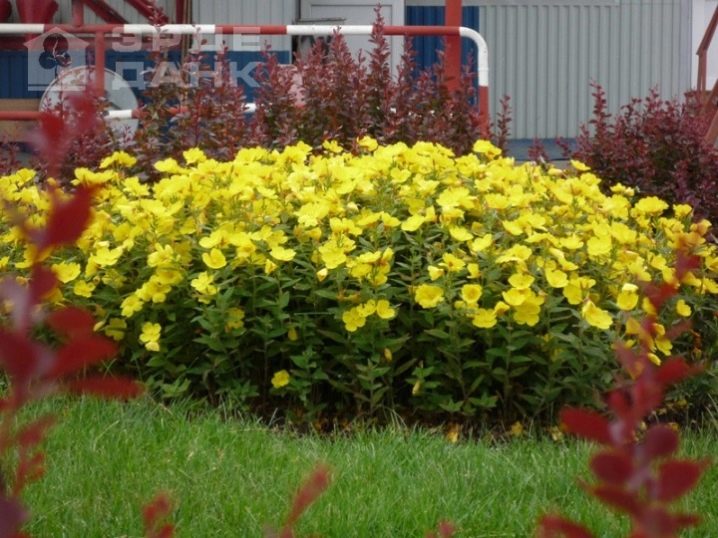

































































































The comment was sent successfully.